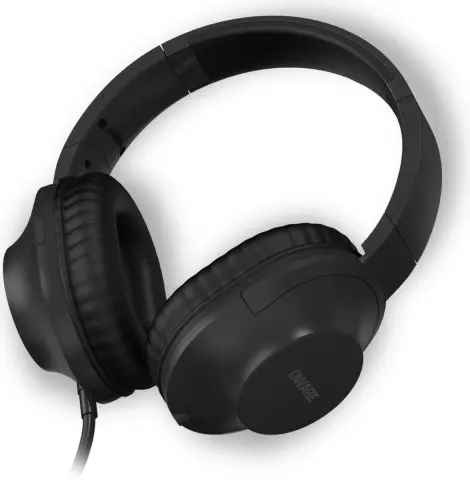It's a shame to throw away high-quality headphones due to a broken cable. With the skills of soldering, instead of buying new headphones, you can fix damaged ones. The repair will take a little time and will save you a significant amount of money.
It is necessary
soldering iron, solder and neutral flux; - ohmmeter; - nippers; - glue (for example, "Moment"); - scotch tape, electrical tape or heat shrink tubing
Instructions
Step 1
Connect one ohmmeter probe to the contact of the plug that is closest to the cord entry (it is common), and connect the other one in turn to the far and middle contacts. In this case, three situations are possible: the arrow deviates, there is a click in the earpiece - the corresponding circuit is operational; the arrow does not deviate, there is no click - an open circuit, the arrow is deflected, there is no click - a short circuit. The latter malfunction can damage the device to which the headphones are connected, if it is not equipped with protection.
Step 2
Determine where the fault is located. Having connected an ohmmeter to one of the emitters (see above), begin to gently wiggle the cable first at the inlet to the plug, then at the point where the cable splits in two, and then near each of the headphones. Then repeat the test by disconnecting the ohmmeter from one emitter and connecting to the other. After finding a point, when the cable is swinging, in which clicks, hiss are heard, the place of breakage or short circuit can be considered localized.
Step 3
Cut the cable where you found the problem. If it is a plug, open it with pliers, and if it is a radiator, separate the cap from it. Remove the outer sheath from the cable to a length of about a centimeter. The conductors themselves are in most cases covered with varnish insulation. Do not try to remove it with wire cutters, a knife, or a lighter - this can either damage the wire or make it very difficult to tin it. Press the conductor against the rosin-coated plate, and then run the soldering iron over it, pressing slightly - the insulation will be removed and it can be tinned.
Step 4
If the cable breaks in the middle, solder conductors of the same colors together, and isolate their joints from each other. If there is a break in the plug, solder the yellow or gray wire to the near contact, blue or green to the middle, and red or orange to the far. Then insulate the soldering points. If there is a break in the radiator, tie the cable in a knot after the hole so that it cannot be pulled out, and solder the conductors to the speaker pads in any order. If there is a break in the speaker itself, replace it with another one. Having repaired the emitter, close it with a cap, and then glue the joint, excluding the ingress of glue inside. After waiting for the glue to dry completely, sand the bayonet with a file, blow off the chips, and only then start using the headphones.






